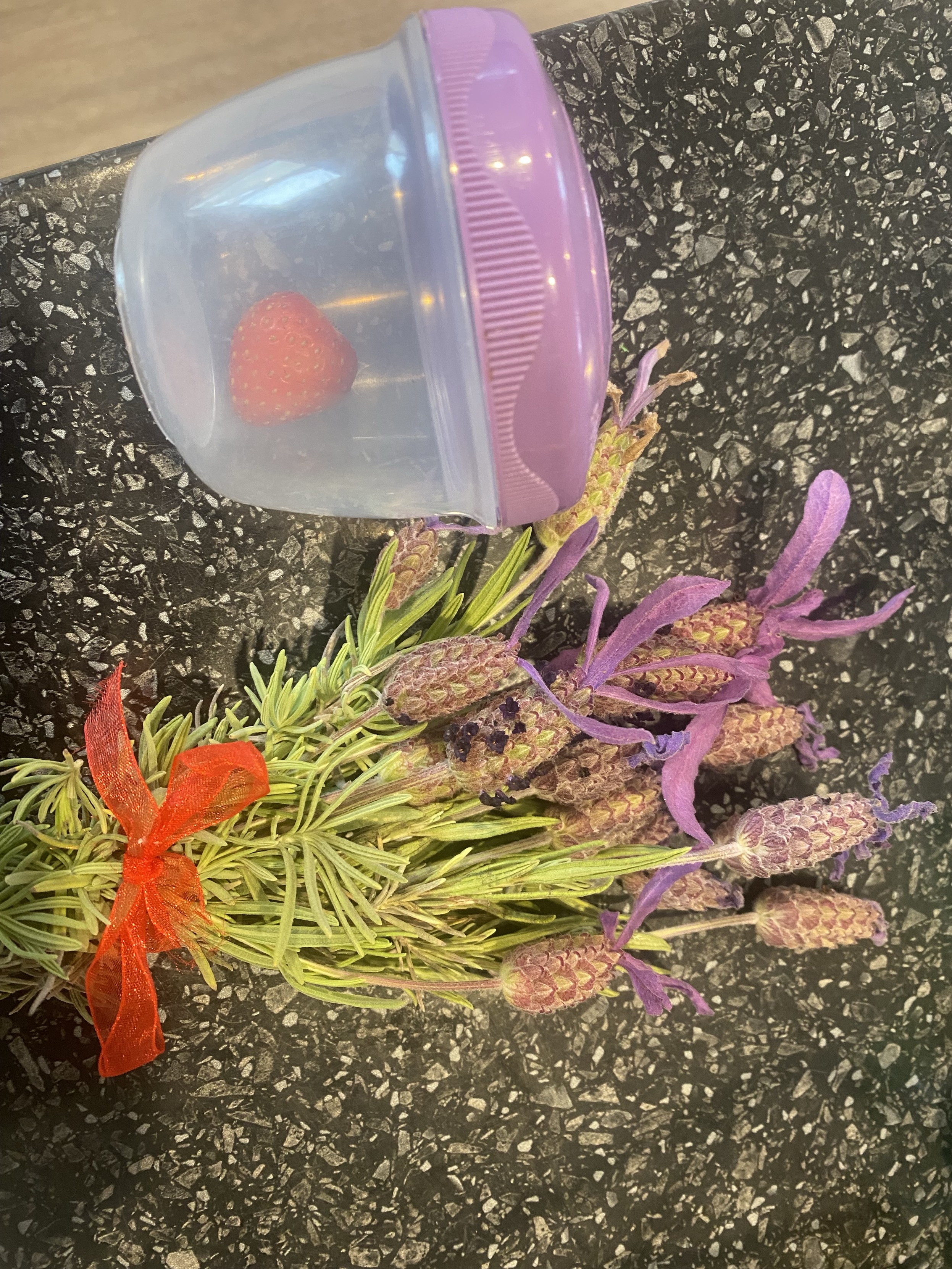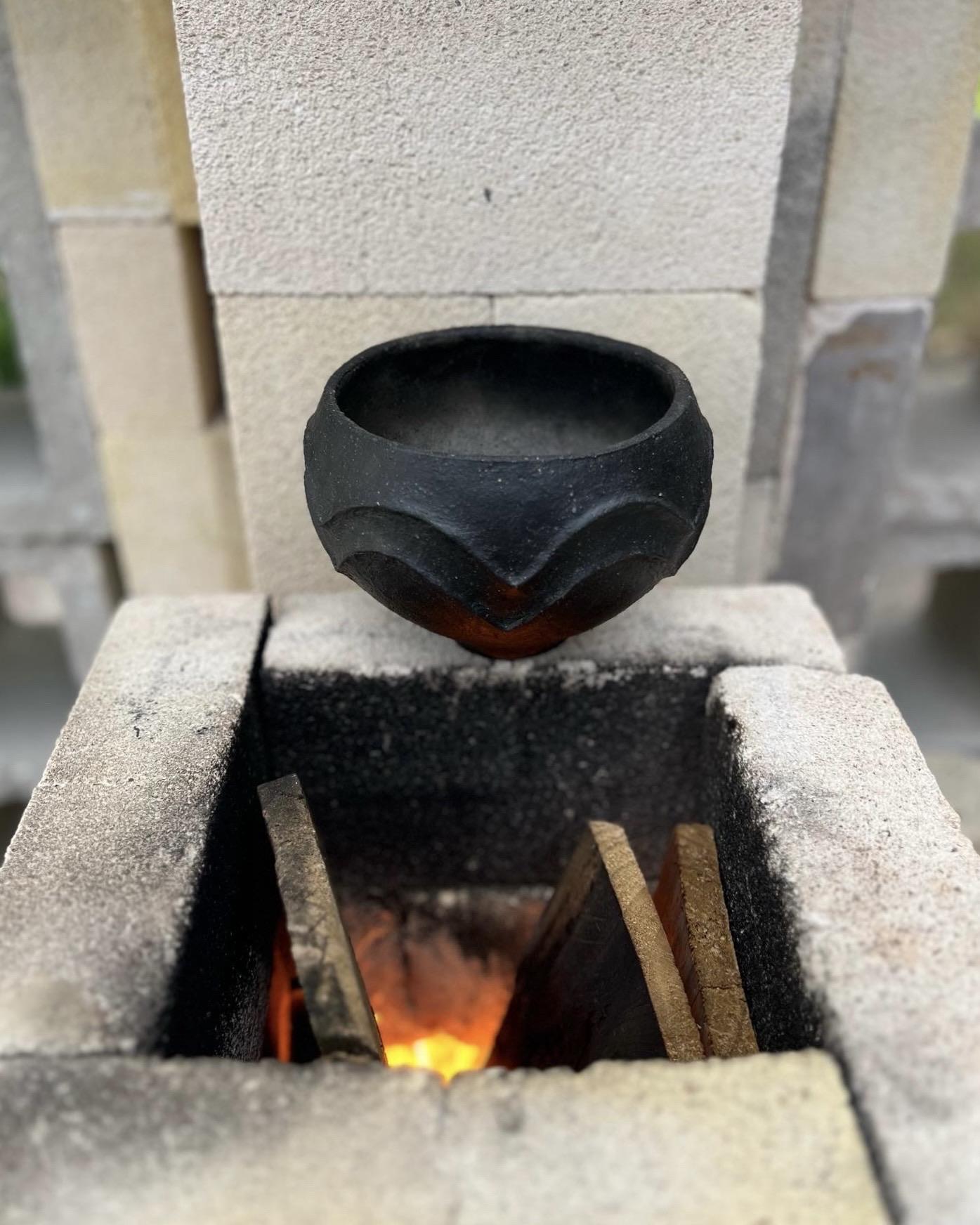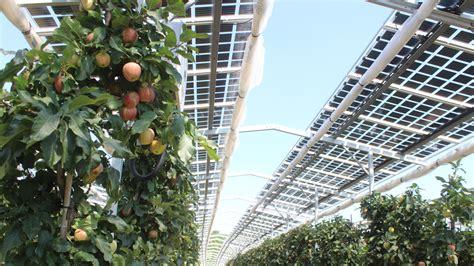12 months ago, I realised that I was not living out my own values. As a whānau, we committed to a #nobuyyear2025 where we only bought essentials.
A year ago, I had a 3 year old who was almost impossible to take shopping because she would beg for every random toy and throw a tantrum. This month we asked her what she wanted for her birthday and she said ‘A kiss’ ‘a hug’ ‘a flower’. She received a used bike, goggles, a watch, a real life tea set, a mug and socks. The bike cost us $5 to buy and $30 to repair and is her most prized possession.
Today I asked miss 4 what her friend would want for a birthday gift. My daughter said ‘She’ll like anything, because she’s my friend’. She proceeded to ask if she could give her friend a piece of lettuce from our garden. We redirected her to making a bouquet of lavender and putting aside a ripe strawberry. She’s also going out with her dad to choose a toy from a second hand shop.
Sure, she’s gotten more mature because she’s now 4 and not 3, but I’m so pleased I stopped modelling a consumerism mindset and taught her that a kiss, a hug, a flower, a strawberry, and sometimes a used bike can be the best gifts.
#Permaculture




